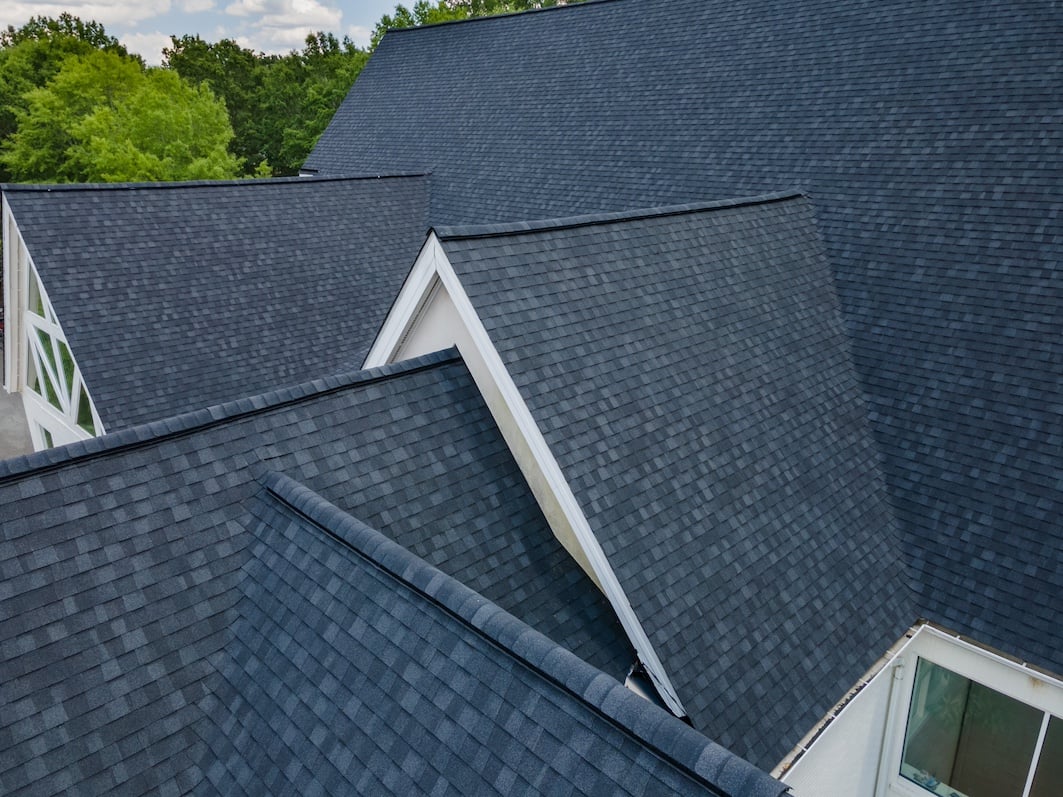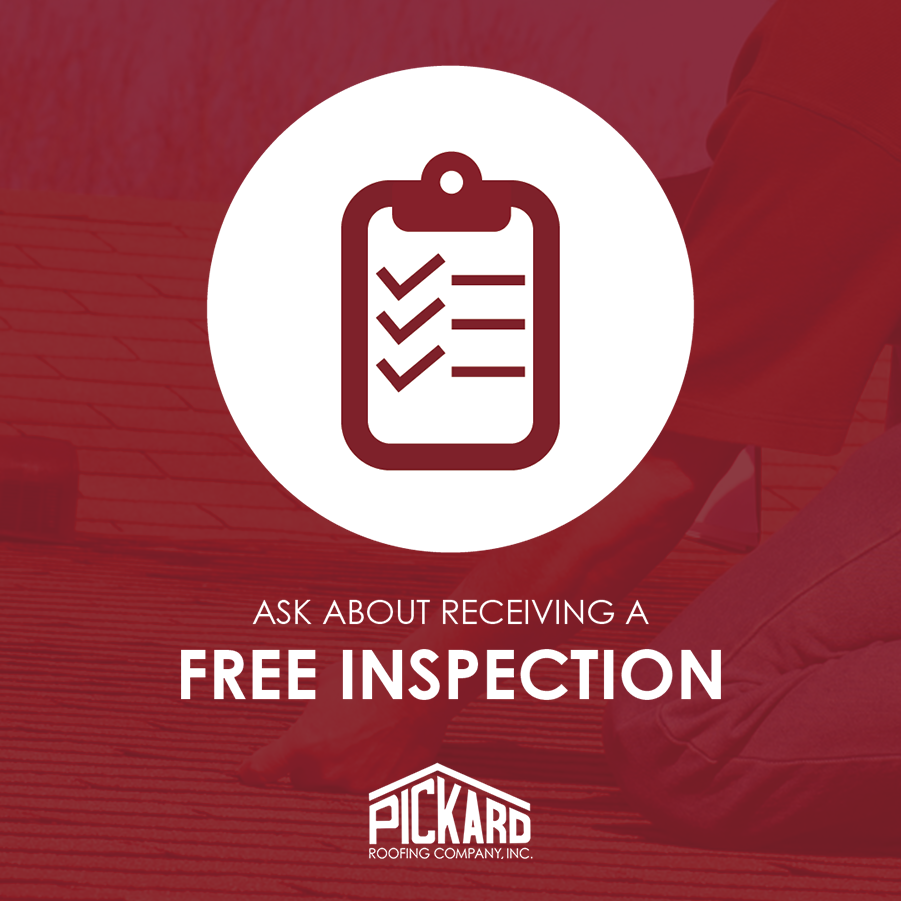A complete roof replacement is a significant and expensive investment for maintaining your house. However, replacing the whole roof instead of fixing it piece by piece has various benefits such as alleviating worries, enhancing energy efficiency, and preventing future damage. But what exactly is involved in a full roof replacement?
This blog post will provide a comprehensive overview of the various components included in a full roof replacement project and give you a clear understanding of everything involved in the process.
Removal of Old Roof
The first step is to remove and dispose of your current roofing system. Depending on the size and complexity of the job, this may involve tearing off shingles, pulling up underlayment, and other related components. Most contractors will also take precautions to protect existing landscaping or other structures from damage during the removal phase.
Disposal of Debris
Next, all debris associated with the old roof must be appropriately disposed of. This includes roofing materials and any nails or fasteners that may have been used in previous repairs and replacements. Your contractor should handle all debris disposal so you don’t have to worry about leftover materials.
Installation of Roofing Components
The next stage involves installing the new roofing components:
- Decking:
- The decking is an important layer of protection that supports the entire roofing system. Your contractor should inspect your existing decking and replace any rotted or damaged sections.
- Shingles:
- High-quality asphalt shingles are among the most common and affordable roofing materials. Your contractor should help you select a type that will provide adequate protection for your home while fitting in with the design aesthetic of your house.
- Underlayment:
- Your contractor will also install an underlayment to serve as an additional layer of protection between the shingles and your roof deck. The type of underlayment used will depend on the climate in your area and any building code requirements that need to be met.
- Flashing:
- To ensure a sealed barrier, your contractor should also install new flashings around vents, skylights, chimneys, and other protrusions.
- Ventilation:
- Proper ventilation is an integral part of any roof replacement, as it helps to reduce energy costs and extend the life of your new roof. Your contractor should inspect your existing ventilation system and recommend improving air circulation if necessary.
- Gutters:
- Finally, your contractor should inspect and replace damaged or clogged gutters to help prevent water damage.
Timeline for Full Roof Replacement
Once the scope of work has been established, your contractor should provide a timeline for how long the full roof replacement will take. This could vary depending on weather conditions and other factors.
The installation process will take no more than a day in many cases.
The Most Important Decision You'll Make
Choosing the right contractor for your roof replacement is your most important decision. Make sure to research multiple contractors, read reviews, and get price estimates before making your final decision. A quality contractor with experience and a good reputation will ensure that your roof replacement goes smoothly and that you end up with a well-built, attractive roof that will last for years to come.
Pickard Roofing: The Best Choice For Roof Replacement
Pickard Roofing is a 3rd generation family-owned business with over 70 years of experience in the roofing industry. We specialize in residential and commercial roof replacement, providing quality service for every project we take on. Give us a call today to learn more.






